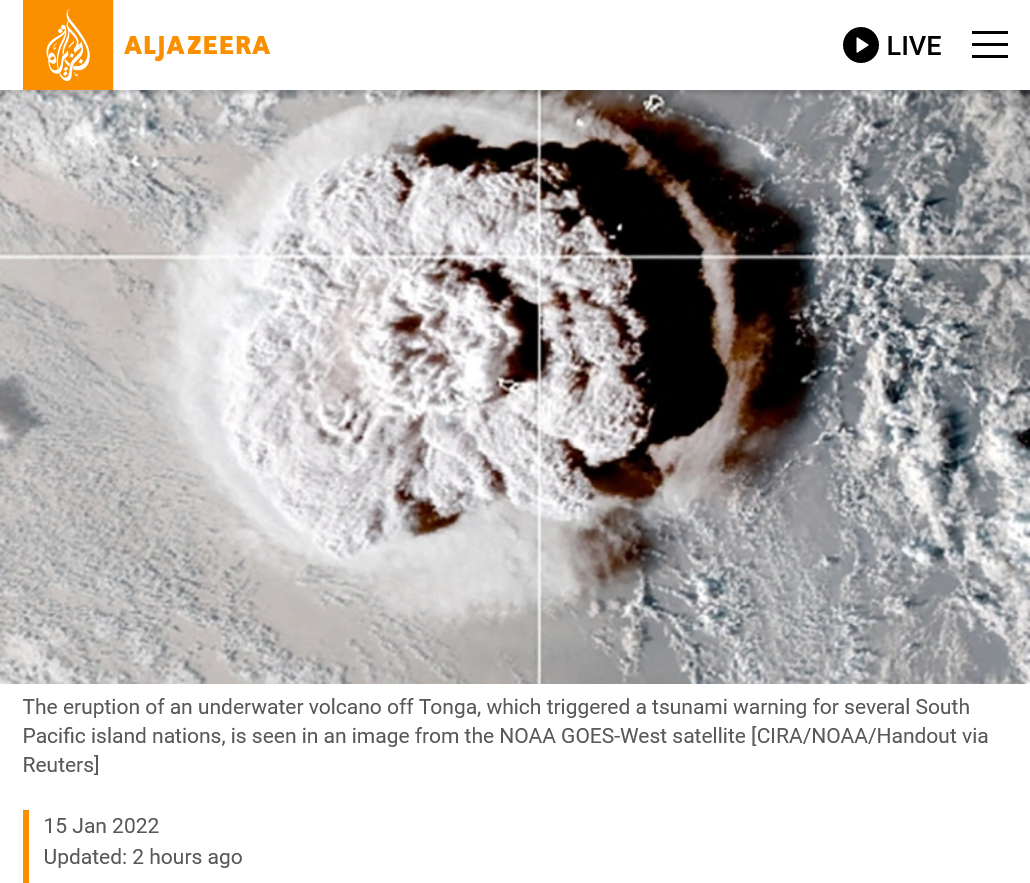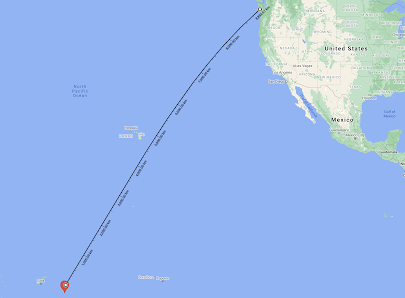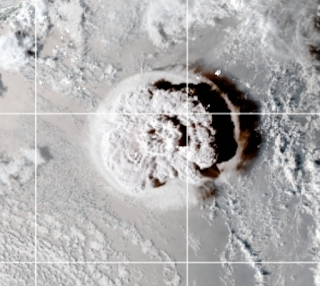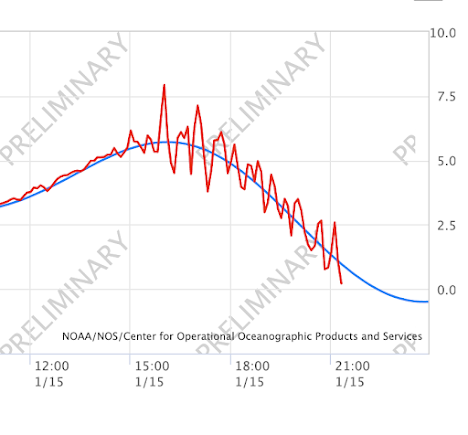 Dr Faka’iloatonga Taumoefolau@sakakimoana·Jan 14, 2022
Dr Faka’iloatonga Taumoefolau@sakakimoana·Jan 14, 2022
Thanks cutworm!
https://www.aljazeera.com/news/2022/1/15/tonga-issues-tsunami-warning

metmike: Looks pretty modest based on this guys video.
 Dr Faka’iloatonga Taumoefolau@sakakimoana·Jan 14, 2022
Dr Faka’iloatonga Taumoefolau@sakakimoana·Jan 14, 2022 Dr Faka’iloatonga Taumoefolau@sakakimoana
Dr Faka’iloatonga Taumoefolau@sakakimoana
Stay safe everyone
7.5M views
https://www.southpacificislander.org/blog/2019/7/8/fakailoatonga-taumoefolau
Tongan PhD candidate, Faka’iloatonga Taumoefolau, shares his academic path throughout the South Pacific, motivations for pursuing graduate degrees and advice for students pursuing higher education.
Hi Wayne,
We already had an active thread going on this topic here, started by cutworm yesterday.
I'll respond to your wonderful question shortly/when I get a chance(others are welcome to chime in too)
Volcano eruption in pacific
Started by wglassfo - Jan. 16, 2022, 11:54 a.m.
"This is a question mostly for the weather people or folks with expertise in such matters
I am wondering if the latest volcano eruption may affect the weather or growing conditions in 2022
If I remember correctly the last large eruption dropped the planet temp by 1 degree
Crops did not grow so good because of the ash cover blocking out the sun
I have read this volcano sent ash 12 miles into the atmosphere from under water
Golly that is a big one
Any ideas what the ash will do to sun and plant growth"
https://cliffmass.blogspot.com/2022/01/the-tonga-volcano-affects-weather-and.html

The volcano was clearly evident in satellite imagery from the massive ash cloud (see below, about 1-h after the eruption)

The explosive eruption created shock waves in the atmosphere (pressure waves) that rapidly propagated away. These waves are evident in some infrared (water vapor channel) imagery as concentric rings (shown below).

The oceanic eruption also pushed away a massive amount of water, which created a tsunami on nearby islands (such as Tonga) and deep water waves that moved away at the speed of a jet plane, reaching the West Coast this morning. This is why some local tsunami warnings went out this AM.
So it took about eight hours and 30 minutes to go about 5643 miles–thus a speed around 664 miles per hour. This corresponds to the speed of sound in the upper atmosphere around 30,000 ft. Makes sense.
The water wave moves slower, around 400 mph (and occasionally approaching 500 mph)….so a later arrival was expected.
If you really want to be impressed, check out the same figure at Monterey, California. Just wow. The amplitude was up to 3-4 feet.

An amazing event and one that shows how interconnected our planet is–both in the air and in the water.
https://en.wikipedia.org/wiki/List_of_large_historical_volcanic_eruptions
This is a list of volcanoes that have had large explosive eruptions during the last 5000 years or in recorded history. There are no eruptions with a VEI of 8 in historic times and only VEI-7 eruptions that might have occurred or occurred during the past 5000 years
Infrared image of Mount Tambora, Sumbawa Island, Indonesia, from Space Shuttle Endeavour. The 1815 eruption that created the caldera is the largest volcanic eruption in recorded history as well as one of the largest volcanic events in the past 10,000 years and the deadliest volcanic event in recorded history killing upwards more than 100,000 to more than 200,000 people (directly and indirectly). This event was the only VEI-7 eruption that has been directly observed in recorded history.
From Wikipedia, the free encyclopedia
Jump to navigationJump to search
| Year Without a Summer | |
|---|---|
 1816 summer temperature anomaly compared to average temperatures from 1971 to 2000 1816 summer temperature anomaly compared to average temperatures from 1971 to 2000 | |
| Volcano | Mount Tambora |
| Start date | Eruption occurred on 10 April 1815 |
| Type | Ultra-Plinian |
| Location | Lesser Sunda Islands, Dutch East Indies (now Republic of Indonesia) |
| Impact | Caused a volcanic winter that dropped temperatures by 0.4–0.7 °C worldwide |
The year 1816 is known as the Year Without a Summer because of severe climate abnormalities that caused average global temperatures to decrease by 0.4–0.7 °C (0.7–1 °F).[1] Summer temperatures in Europe were the coldest on record between the years of 1766–2000.[2] This resulted in major food shortages across the Northern Hemisphere.[3]
Evidence suggests that the anomaly was predominantly a volcanic winter event caused by the massive 1815 eruption of Mount Tambora in April in the Dutch East Indies (known today as Indonesia). This eruption was the largest in at least 1,300 years (after the hypothesized eruption causing the extreme weather events of 535–536), and was perhaps exacerbated by the 1814 eruption of Mayon in the Philippines.